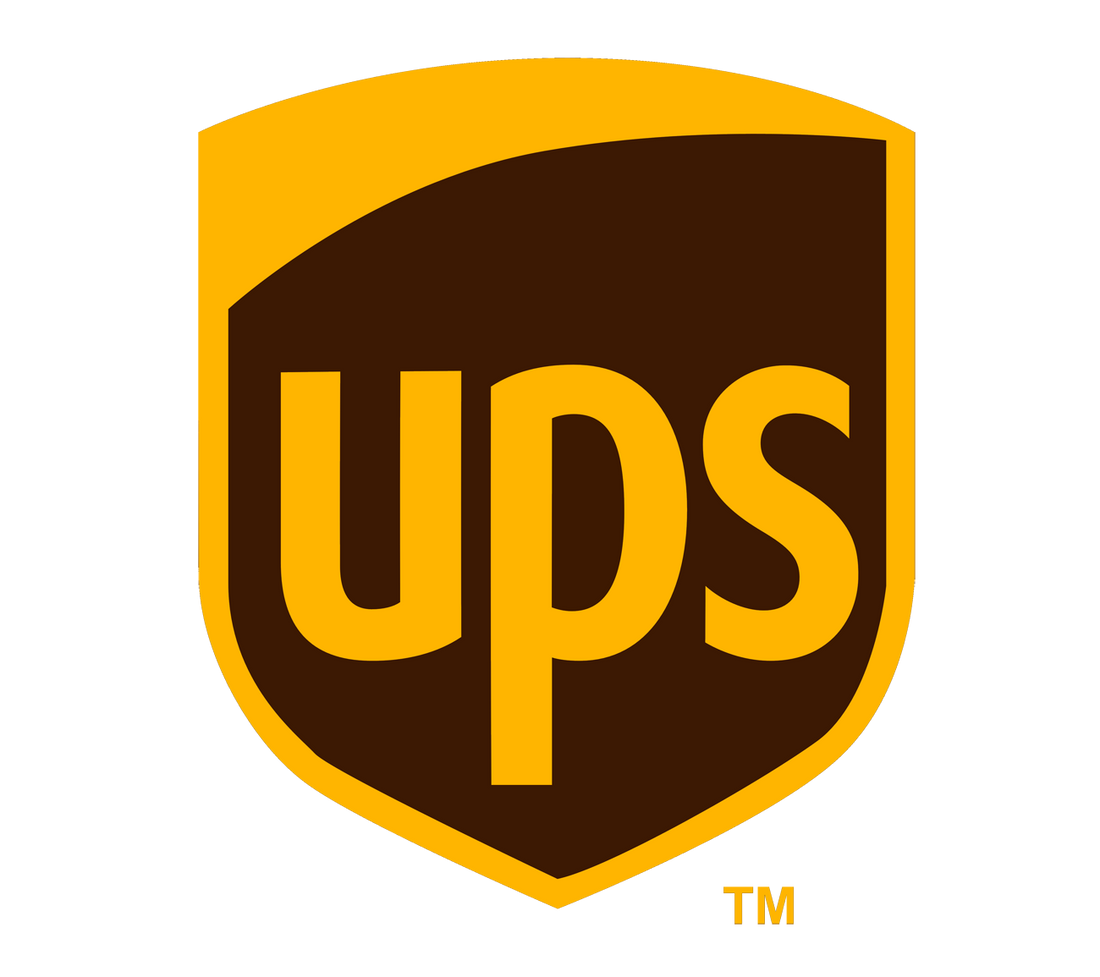An oversize package is very common when shipping via UPS. UPS have a standard divisor that they use to calculate whether a package will ship at its actual weight or an increased weight based on the size of the box. UPS charges you based on the weight and distance a package is traveling. UPS divided the USA up into zones and depending on what zone you live in and what zone you ship to the price per zone varies. Now UPS likes to make it complicated. If you ship a giant box that weighs only a few pounds, UPS would have to use up valuable truck space for your inexpensive light package. They could have filled the space with a bunch of more expensive heavy boxes that get billed out higher.
 The important term for today is dim divisor. What is a dim divisor you may say. Well a dim divisor is a number that UPS assigns to your account to decide how much you pay for oversize boxes. Let's do a couple of examples. For reference the retail dim divisor is 166 and the daily rate dim divisor is 139. Here is a link to the UPS dims page for more information. The dim divisor has changed over the years. It used to be higher. As it gets lower and lower, the cost to ship a large box gets higher and higher.
The important term for today is dim divisor. What is a dim divisor you may say. Well a dim divisor is a number that UPS assigns to your account to decide how much you pay for oversize boxes. Let's do a couple of examples. For reference the retail dim divisor is 166 and the daily rate dim divisor is 139. Here is a link to the UPS dims page for more information. The dim divisor has changed over the years. It used to be higher. As it gets lower and lower, the cost to ship a large box gets higher and higher.
Let's take a box that has the dimensions 16"x17"x31" and weighs 24 pounds. For this example we will be using the 139 dim divisor assuming that you have daily pickup service. We need to multiply Length x width x height. When we do we get 8,432 which is the size of the box in Cubic Inches.
Now we divide the volume by the dim divisor to get the weight.
8432/139 is 60.66 which rounds up to 61 pounds.
Now if we use the dim divisor of 166 we get 50.79 which rounds up to 51 pounds.
If you need help measuring your UPS package you can find help at UPS's website by following the preceding link. Now there are some other charges you still need to worry about. There are surcharges for residential. There are surcharges for rural areas. There are surcharges for extra tall packages. If length is over 96 inches or length + girth is over 130 inches, you will get hit with another charge. Also, if it is around the holidays, you may get hit with another charge. If you give them a slightly incorrect address, you will get another charge. It is best to audit your bill if you have the resources.
FedEx is about the same rates and about the same service. We don't currently ship with USPS so we don't have much experience. We are mostly knowledgeable about UPS.
While we are talking about shipping, it is a good time to talk about when it makes sense to ship small package, when it makes sense to ship air, and when it makes sense to ship LTL. I will use our policies to illustrate my example. We only ship our quick ship products via UPS ground. We have special packaging developed that can handle the bump of UPS's conveyor system. We can send these products via UPS all day and they will arrive in good enough condition to open up and use. If you want the outer boxes to look perfect, we will need to palletize and send LTL.
When it comes to our higher end furniture, we almost always ship it on a skid with an LTL carrier. We have found that truck shipment of palletized furniture is much safer. It works fine for restaurants but homeowners sometimes get annoyed when a semi shows up on their block with a giant skid.
There are few different UPS services that not everyone knows about. The first one is hundredweight. They give discounts for multiple packages and the packages travel through UPS's main ground network. The next level of service is called ground with freight pricing. When you are shipping multiple boxes that collectively weigh of 150 pounds you can ship ground with freight pricing which is exactly like it sounds. You ship the boxes UPS ground but you get pricing similar to LTL prices. The products will travel through the UPS ground network.
The last method to look into at UPS is SurePost. This is a method of shipping packages that are less than 9 pounds with UPS for reduced rates. You won't get charged the residential up charge and UPS will have the USPS deliver the package for the last mile.
We really prefer UPS ground when we can for restaurants and homes. When we ship via truck we usually have to get a lift gate, and call ahead service. The customer will still have to unload the truck and sometimes that makes them upset.

